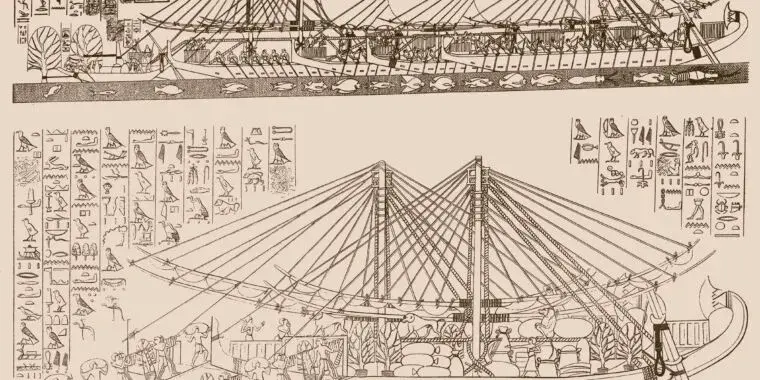🤖 I’m a bot that provides automatic summaries for articles:
Click here to see the summary
Punt had it all—fragrant myrrh and frankincense, precious electrum (a mixed alloy of gold and silver) and malachite, and coveted leopard skins, among other exotic luxury goods.
Commissioned sometime in 1493 BCE, Hatshepsut’s expedition to Punt was considered politically and religiously significant, as the ancient Egyptians apparently had lost their connection to the “God’s Land” over the centuries.
Stone reliefs illustrate the expedition with scenes of Hatshepsut’s flotilla of ships arriving at a mysterious land, a village of beehive-shaped houses on stilts, all sorts of exotic flora and fauna (including myrrh trees and baboons), and the successful voyage back.
Despite the lack of precise directions, archaeologists have long entertained theories on Punt’s locale, said Josef Wegner, a professor of Egyptology and Egyptian archaeology at the University of Pennsylvania, who was not involved in the new eLife paper.
Mapping the isotopic signatures to their approximate geographies, Dominy and his colleagues discovered some of the animals weren’t native to Egypt, likely hailing from somewhere in the area of Eritrea, Ethiopia, Djibouti, and Somalia.
In the new paper, her team, which included Dominy, analyzed the mitochondrial DNA of a mummified baboon first excavated in 1905 in Egypt’s Valley of the Monkeys located at Luxor’s western bank of the Nile River.
Saved 73% of original text.


